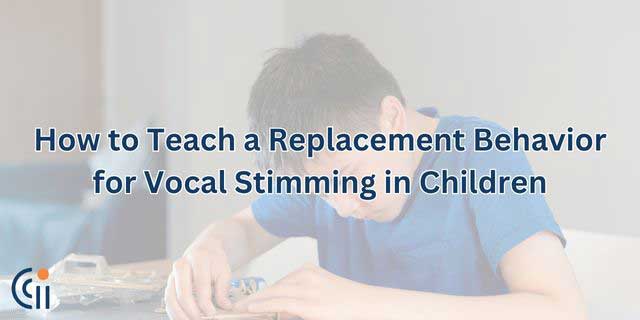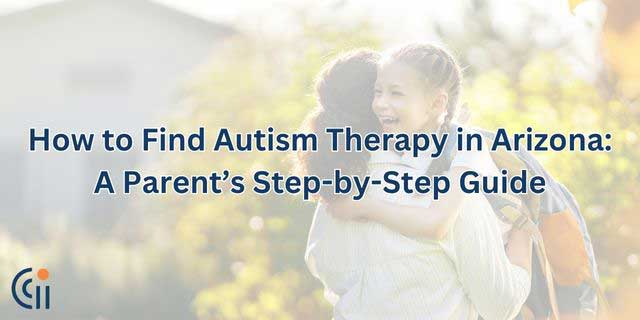Communication is a fundamental aspect of human interaction. Yet, many children with autism spectrum disorder (ASD) face challenges in expressing themselves. While traditional speech and language interventions are valuable, alternative communication strategies play a crucial role in providing children with autism the means to express their thoughts, needs, and emotions. In this blog post, we will explore some effective alternative communication strategies backed by academic research to empower children with autism.
Alternative Communication Strategies
- Augmentative and Alternative Communication (AAC) Systems
Augmentative and Alternative Communication (AAC) systems encompass a range of tools and methods designed to supplement or replace traditional speech. These include picture communication boards, symbol-based communication apps, and speech-generating devices. Research suggests that AAC interventions can significantly improve communication skills in children with autism (Kasari et al., 2014). - Visual Supports
Visual supports, such as visual schedules, social stories, and visual cues, are widely recognized as practical tools for children with autism. These supports offer a visual representation of information, aiding comprehension and reducing anxiety. Research indicates that the use of visual supports can enhance communication and decrease challenging behaviors (National Autism Center, 2009). - Social Scripts and Role-playing
Social scripts and role-playing involve teaching children with autism-specific phrases or responses to use in different social situations. This strategy helps enhance their social communication skills by providing guidance on appropriate language use in various contexts (Corbett et al., 2014). - Functional Communication Training (FCT)
Functional Communication Training (FCT) is a behavior analytic approach that focuses on teaching alternative, appropriate communication skills to replace challenging behaviors. Research suggests that FCT can be effective in improving communication and reducing problem behaviors in individuals with autism (Durand & Carr, 1991).
Alternative communication strategies play a pivotal role in fostering effective communication for children with autism. Whether through AAC systems, visual supports, social scripts, or FCT, these evidence-based approaches empower children to express themselves, connect with others, and navigate the social world more successfully. By incorporating these strategies into interventions, educators, therapists, and parents can make a profound impact on the lives of children with autism, providing them with the tools they need to communicate and thrive.
About Circle City ABA
Circle City ABA passionately nurtures progress through play with ABA therapy. We develop programs and services specifically designed for each child. Our child-centered, compassionate approach to therapy brings family goals and clinical best practices in tandem to help kids learn and grow. We’ll work together to define success and help your child achieve it. Contact our admissions team for more information on our services and how we can support you and your child. Find a location near you! We serve Arizona, Georgia, Indiana, Iowa, and Nebraska.
Sources
- Kasari, C., Kaiser, A., Goods, K., Nietfeld, J., Mathy, P., Landa, R., … & Almirall, D. (2014). Communication interventions for minimally verbal children with autism: A sequential multiple assignment randomized trial. Journal of the American Academy of Child & Adolescent Psychiatry, 53(6), 635-646.
- National Autism Center. (2009). National Standards Report. Randolph, MA: National Autism Center.
- Corbett, B. A., Swain, D. M., Coke, C., & Simon, D. (2014). A functional approach to the assessment of self‐management in adolescents with autism spectrum disorder. Autism Research, 7(4), 477-486.
- Durand, V. M., & Carr, E. G. (1991). Functional communication training to reduce challenging behavior: Maintenance and application in new settings. Journal of Applied Behavior Analysis, 24(2), 251-264.


